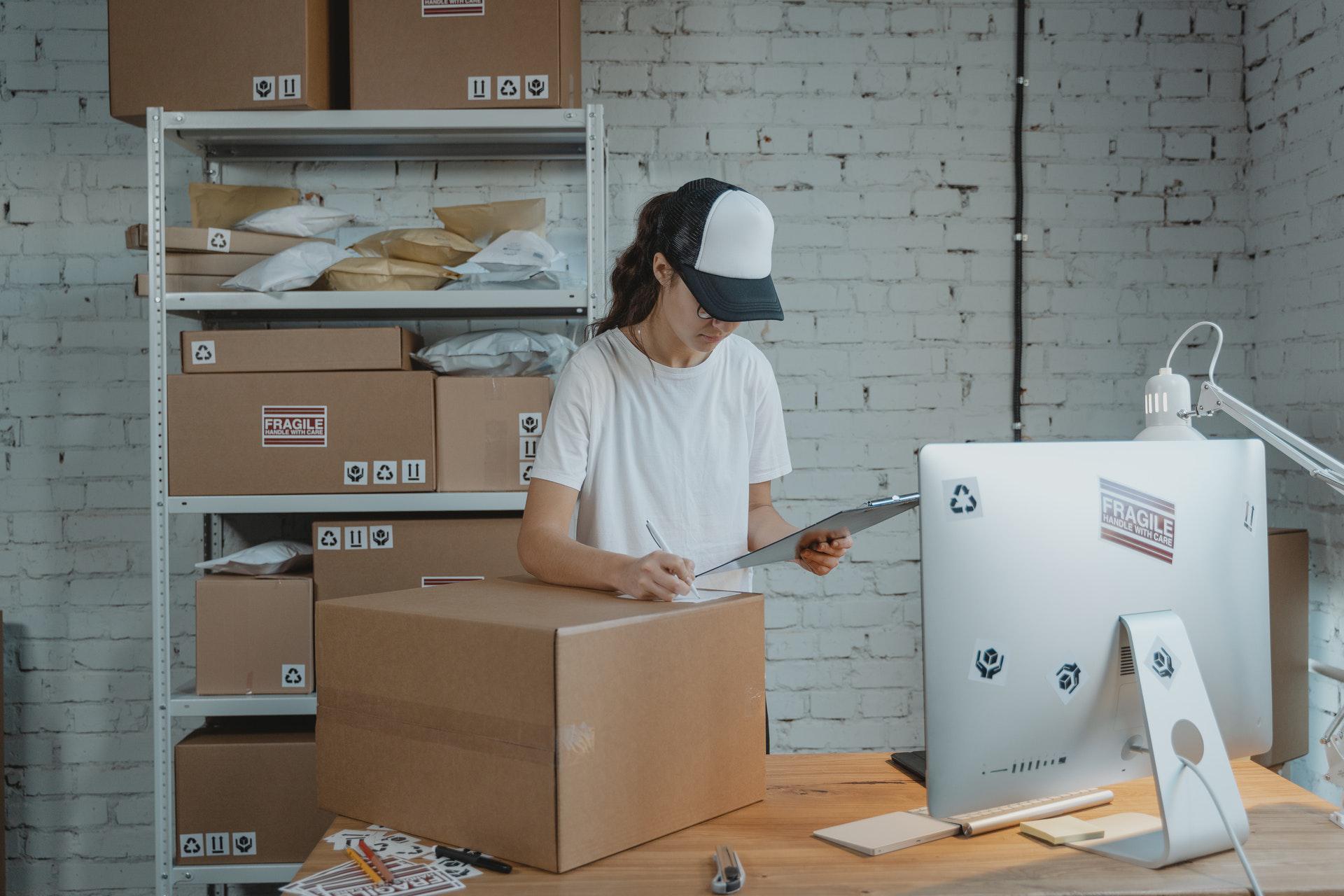Correct marking and labeling of dangerous goods before shipping not only prevents safety issues but also helps avoid shipment delays and possible hefty fines. Before packing any dangerous goods for air , it’s important to properly understand the applicable regulations as specified in the IATA Dangerous Goods Regulations (DGR).
At CARGOpak, we offer comprehensive dangerous goods training courses aimed at helping you better understand regulatory requirements and maintain compliance. Here’s an overview of what you need to know about DG packaging requirements.
Who is responsible for properly packing dangerous goods?
By law, the shipper bears full responsibility for correctly classifying and packaging hazmat items before shipping. There are a number of important steps and procedures to follow, which is why proper training is critical. You’ll need to be familiar with the hazards posed by the items that you’re packing, as well as the applicable regulations for packaging them.
Another thing to consider is that dangerous goods shipping regulations have changed significantly over the years, and are updated annually. For example, in light of the COVID-19 pandemic, the International Air Transport Association (IATA) rolled out new regulations and guidelines for shipping COVID-related items.
General packing requirements according to IATA DGR
- Good quality packaging — The package must be able to withstand loading/unloading and conditions before, during, and after transport. Additionally, any absorbents and cushioning materials included in the packaging must be compatible with the hazmat goods being transported.
- Packaging must prevent loss of contents — This simply means that the package must be constructed in such a way that it remains properly sealed until it reaches the intended destination. There should also be no dangerous residue from the content anywhere outside the package.
- Packaging and closure methods must account for extreme conditions — Hazmat goods shipping can often subject packages to extreme conditions, such as changes in temperatures or vibration. The packaging must be constructed in such a way that the contents are properly protected against these changes during and after transport.
- Combining different dangerous goods in a single package — Generally, it’s never a good idea to combine different dangerous goods in a single package. However, it may be possible provided the goods are compatible with one another. This way, even if they do spill or mix during transport, they don’t constitute an additional hazard. Depending on the quantities your shipping, knowing how much that can be shipped together is very complicated and your math skills will be tested to calculate what's called the Q value.
- Packaging for liquid goods must pass leak-proof testing — This is self-explanatory. Any container of hazardous liquid must be certified to withstand hydrostatic pressure test. The last thing you want is for liquids classified as dangerous goods to leak out of the packaging and cause serious damage to the other goods being transported, or worse, affect the people handling the package. The package must also have a sturdy secondary means of closure.
- No venting allowed — Unless explicitly authorized, packaging for dangerous goods must not contain any vents. That being said, there are instances where venting may be required, such as when packaging and shipping dry ice.
- Packaging must be properly marked and labeled — The packaging must be large enough to accommodate all the required marks and labels associated with dangerous goods shipping. The most common information to include are the shipping name, UN/ID number, name and address of the shipper, and the name and address of the consignee.
Planning to ship Dangerous goods?
CARGOpak can provide the necessary training and certifications to properly package and ship dangerous goods. With over 25 years of experience in business consulting and hazmat shipping, we are fully familiar with everything you need to know to ensure compliance with set regulations and requirements. The best part is we customize our training courses and consulting services to perfectly suit your needs.
Get started today by filling out our Needs Assessment Form. This enables us to learn more about the hazmat shipping requirements that are specific to your situation. You can also reach us at (919) 217-7636 or via email at info@cargopak.com to set up a quick consultation.
